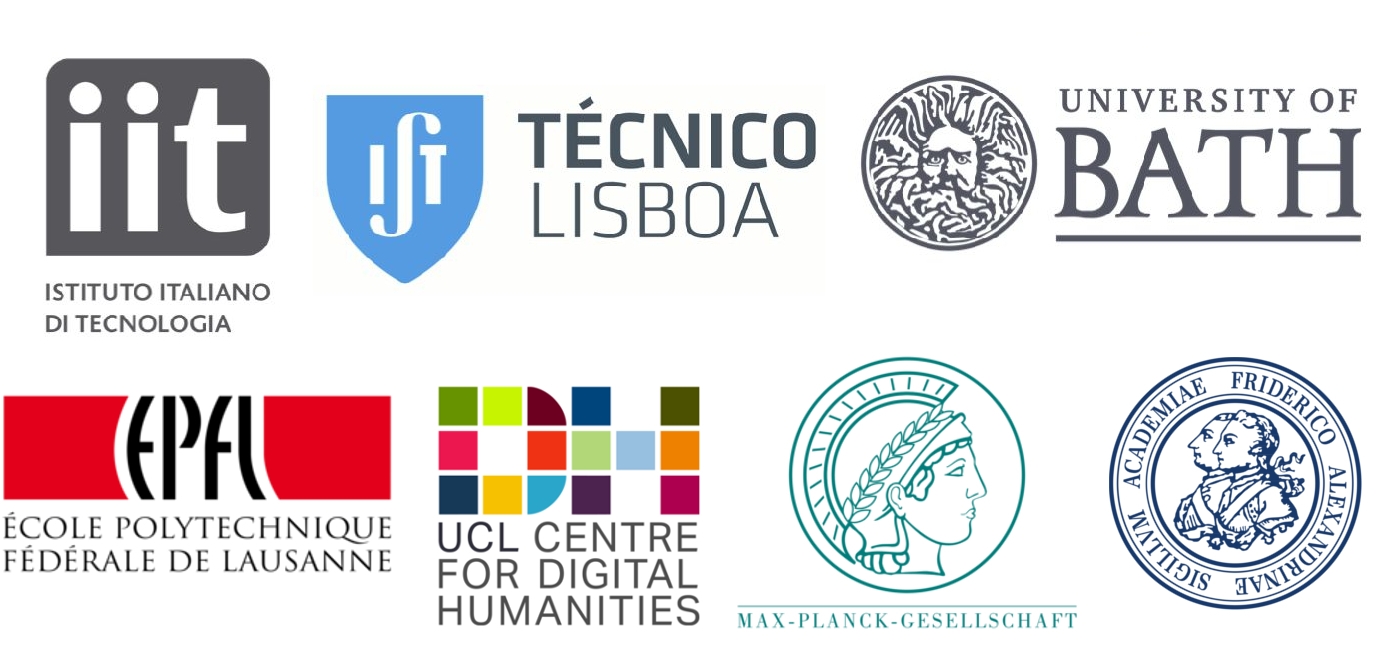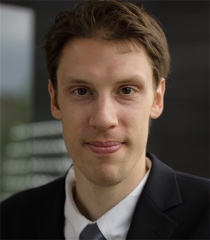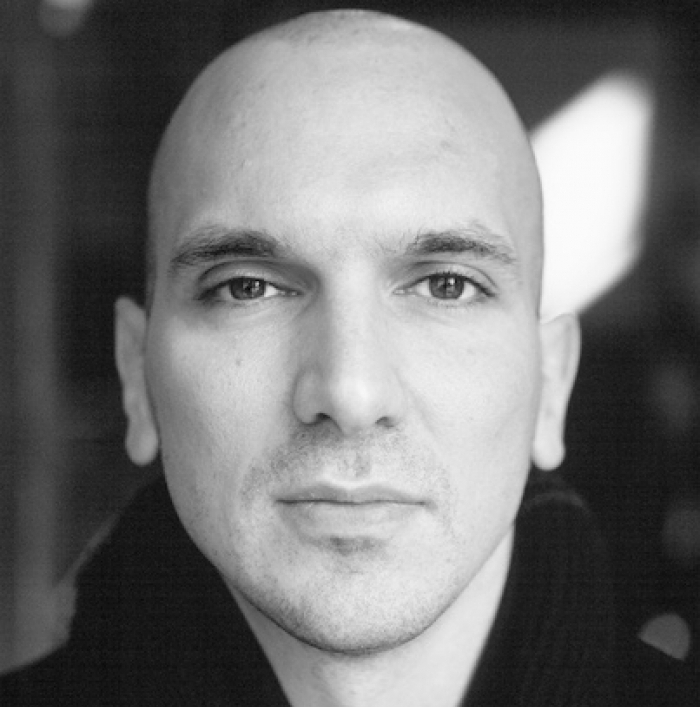
CHAIRS
Stuart James, Istituto Italiano di Tecnologia (IIT) & UCL DH
Leonardo Impett, EPFL & Biblioteca Hertziana, Max Planck for Art History
Peter Hall, University of Bath, UK
Joao Paulo Costeira, Instituto Superior Técnico, Portugal
Peter Bell, Friedrich-Alexander-University Nürnberg
Alessio Del Bue, Istituto Italiano di Tecnologia (IIT), Italy
INTERNATIONAL PROGRAM COMMITTEE
- Ali Salah (Bogazici University)
- Andrea Torsello (Universtà Ca' Foscari of Venice)
- Arianna Traviglia (Universtà Ca' Foscari of Venice)
- Bjorn Ommer (Heidelberg University)
- David Stork
- Elisavet Stathopoulou (Istituto Italiano di Tecnologia)
- Erica Nocerino (Fondazione Bruno Kessler)
- Filippo Stanco (University of Catania)
- Gustavo Carneiro (University of Adelaide)
- Jiri Matas (CMP CTU FEE)
- John Collomosse (University of Surrey)
- John Hindmarch (University of Bamberg)
- Lukas Klic (Harvard)
- Mário Figueiredo (Instituto Superior Tecnico)
- Martijn Kleppe (National Library of the Netherlands)
- Matteo Dellepiane (CNR)
- Matthew Lincoln (The Getty)
- Mona Hess (University of Bamberg)
- Naila Murray (Naver Labs)
- Ohad Ben-Shahar (Ben-Gurion University of the Negev)
- Paul Rosin (Cardiff University)
- Rosário Salema de Carvalho (Universidade de Lisboa)
- Rui Hu (Idiap Research Institute)
- Sabine Süsstrunk (EPFL)
- Sarah Kenderdine (EPFL)
- Stuart Dunn (King’s College London)
- Tat-Jun Chin (University of Adelaide)
- Tom Haines (University of Bath)
KEYNOTE SPEAKERS
The Art of Vision
The main challenge of image understanding and, in particular, the analysis of art is to decompose an image into its informative attributes. The style in which a scene is presented needs to be separated from its content. The content, for instance a person, then has to be decomposed into appearance, pose, viewpoint, etc. Recently, there has been a lot of interest in models that not only learn these characteristics to then recognize a scene or detect objects therein. These generative models can also synthesize novel scenes after altering individual attributes. However, the main challenge is still the complex, highly non-linear interaction of all these characteristics. Moreover, although large datasets are easily available, labelled training data is costly and scarce.
We will discuss novel approaches for disentangling visual information into its informative constituents. To avoid the need for tedious annotations during training, the talk will cover self-supervised similarity learning and very recent improvements to it. In the context of art analysis, we will examine the benefit of these approaches for human posture recognition and synthesis, for the analysis of artistic style, and for visual retrieval in large databases of the arts.
Deep Interdisciplinary Learning. Computer Vision and Art History
Computer Vision and Art History are divided through a constructed gap between humanities and sciences with different research cultures, methods, infrastructures. The bridging of this gap is more than just a modern strategy in university politics. In my opinion it seems mandatory, because computer vision and art history are based on image description and understanding. Furthermore art is a particular field of imagery because of its complexity on the one hand and its distinctiveness on the other hand. Art historians have experience with the different ways of artistic perception, which represent several challenges for computer vision. And art historians need image processing to deal with the enhanced data basis which is accessible now. It is a chance for interdisciplinary research to have different visual cultures and methods. In my keynote I focus on the longstanding collaboration of these two fields and I will exemplify it with results. The second aim of the talk is a critical revision of the imagery of computer vision from an art historical perspective.
Deep representation of image aesthetics for visual search and content-aware in-painting.
We present a deep representation for visual aesthetics trained from a corpus of millions of artworks (BAM!), and show how this may be leveraged to distangle image content (structure) from the style in which it is depicted (aethetics). We discuss the resulting feature embedding can be leveraged for both style-aware visual search and content aware image in-painting. For the former, we propose a novel measure of visual similarity for sketch based image image retrieval that incorporates both structural and aesthetic (style) constraints. Our algorithm accepts a query as sketched shape, and a set of one or more contextual images specifying the desired visual aesthetic. For the latter, we propose a non-parametric in-painting algorithm that enforces both structural and aesthetic (style) consistency within the resulting content-aware image completion. By explicitly disentangling image structure and style during patch search and selection to ensure a visually consistent look and feel within the target image. We leverage the same model to perform adaptive stylization of patches to conform the aesthetics of selected patches to the target image, so harmonizing the integration of selected patches into the final composition. The talk comprises work presented previously at ICCV 2017 and CVPR 2018, performed in collaboration with Adobe Research.
On the Limits and Potentialities of Deep Learning for Cultural Analysis
As Yann LeCun (godfather of convolutional neural networks) has recently remarked, today all Artificial Intelligence systems are basically a sophisticated version of “perception” or a form of pattern recognition that can be extended also to non-visual datasets. However, what machine learning in general calculates is not an exact pattern but a statistical distribution of it. The statistical models of machine learning bring about a new breed of errors and limits yet to be properly understood and discussed in their impact on digital humanities and the society (such as bias amplifications, category compression, taxonomy reduction, diversity loss, hypermimicry, style normalization, apophenia, overfitting and more). The paper tries to address the logical limits of machine learning focusing on the case of metaphor detection and “code invention” (Umberto Eco).
PROGRAM
| Time | Event |
|---|---|
| 9:00 | Welcome |
| 9:15 | Invited talk: “The Art of Vision” Björn Ommer |
| 10:00 | S1: Deep in Art “What was Monet seeing while painting? Translating artworks to photo-realistic images” Matteo Tomei, Lorenzo Baraldi, Marcella Cornia, Rita Cucchiara “Weakly Supervised Object Detection in Artworks” Nicolas Gonthier, Yann Gousseau, Saïd Ladjal, Olivier Bonfait “Deep Transfer Learning for Art Classification Problems” Matthia Sabatelli, Mike Kestemont, Walter Daelmans, Pierre Geurts |
| 11:00 | Coffee Break |
| 11:30 | Invited talk: “Deep Interdisciplinary Learning. Computer Vision and Art History” Peter Bell |
| 12:15 | S2: Reflections and Tools “A Reflection on How Artworks Are Processed and Analyzed by Computer Vision Author” Sabine Lang, Björn Ommer “A Digital Tool to Understand the Pictorial Procedures of 17th century Realism” Francesca Di Cicco, Lisa Wiersma, Maarten Wijntjes, Joris Dik, Jeroen Stumpel, Sylvia Pont “Images of Image Machines. Visual Interpretability in Computer Vision for Art” Fabian Offert |
| 13:00 | Lunch |
| 14:30 | Invited talk: “Sketching with Style: Visual Search with Sketches and Aesthetic Context” John Collomosse |
| 15:15 | Coffee Break |
| 15:30 | S3: Interpreting and Understanding “Seeing the World Through Machinic Eyes: Reflections on Computer Vision in the Arts” Marijke Goeting “Saliency-driven Variational Retargeting for Historical Map” Filippo Bergamasco, Arianna Traviglia, Andrea Torsello “How to Read Paintings: Semantic Art Understanding with Multi-Modal Retrieval” Noa Garcia, George Vogiatzis “Analyzing Eye Movements using Multi-Fixation Pattern Analysis with Deep Learning” Sanjana Kapisthalam, Christopher Kanan, Elena Fedorovskaya |
| 16:50 | Closing Remarks |
| 17:10 - 20:00 | Social Event - Kunsthalle |
CONTACTS
Please contact stuart.james at iit.it with any questions.



